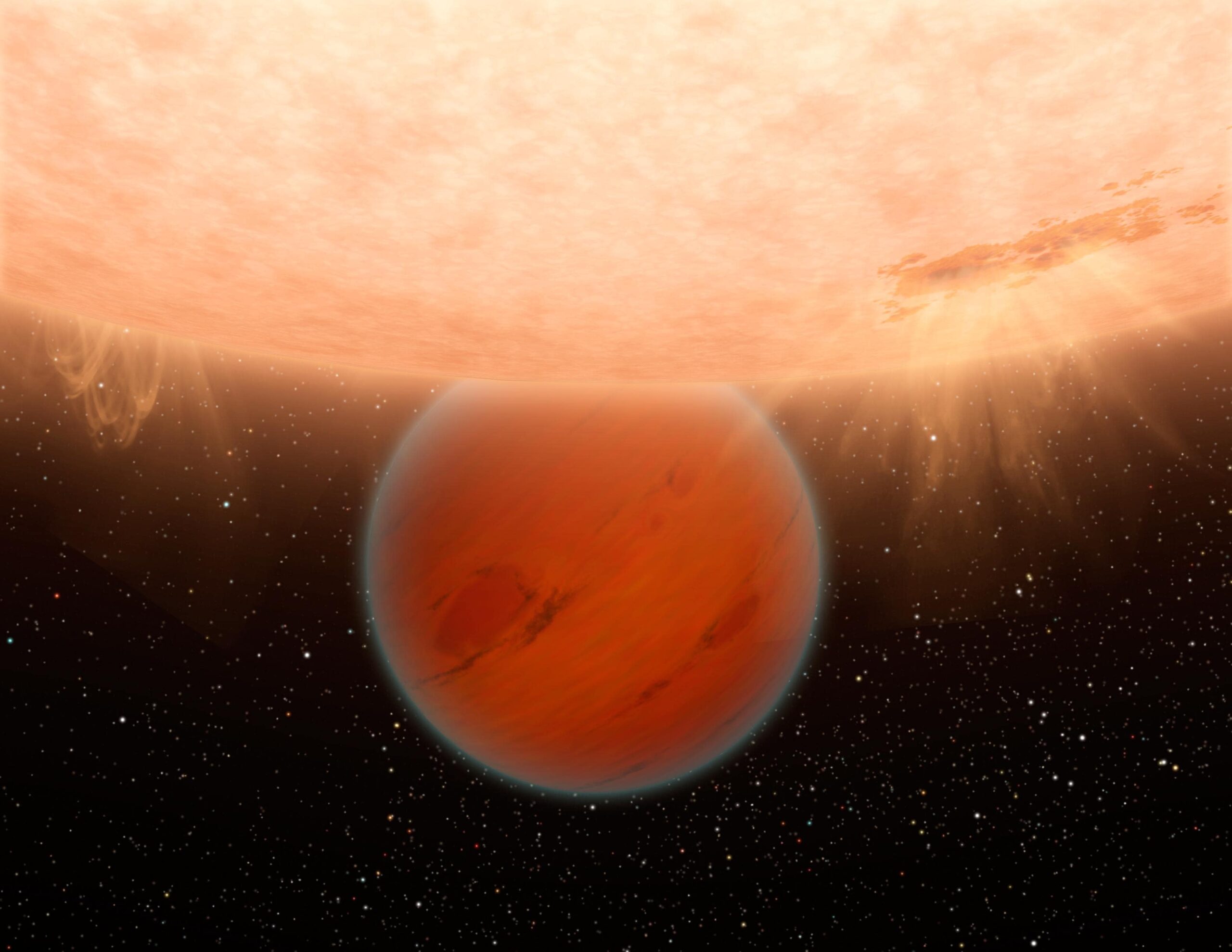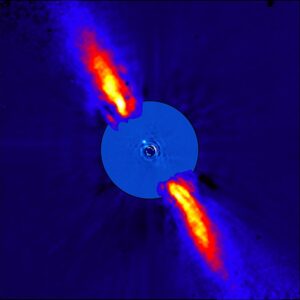
How infrared is used to locate exoplanets
Exoplanets are planets that orbit stars other than our own Sun, and identifying them is one of the most significant challenges of present-day space exploration.
We know of an ever-growing number of exoplanets, including some in the so-called ‘goldilocks zone’ at a distance from their star where life could potentially survive.
But identifying exoplanets in the first place is not easy, and it all comes down to resolution.
When you look up at the night sky with the naked eye, stars appear as pinpricks of light, and only the nearest and brightest can be seen at all.
Consider the relative size of those stars to the planets that orbit them – and how close those planets are in cosmological terms – and you can start to imagine why it’s so hard to spot tiny exoplanets orbiting in the glare of their sun.
Adaptive optics working in the infrared range are key to ‘resolving’ those images clearly enough for exoplanets to be distinguished from the star they surround.
For ground-based telescopes, the Earth’s atmosphere is a further complication, and they must use mirrors to compensate for the ‘twinkling’ effect that the layers of atmosphere give to the light from distant bodies.
Space telescopes don’t have that problem as they make their observations outside of Earth’s atmosphere.
Interestingly, the best hope to find habitable planets in distant solar systems is if infrared imaging of the system comes up with nothing.
That’s because the warmer bodies in those distant star systems tend to be gas giants, and we would expect their gravity to clear their system of any potentially habitable rocky planets in the goldilocks zone.
Because of this, imaging a solar system in infrared and seeing nothing is actually a promising result – a way to eliminate hot gas giants from the equation and leave the prospect of cool and possibly even wet rocky planets more similar to Earth.
Proving a negative is always difficult in science, but by looking specifically for gas giants that are not there, infrared imaging of distant solar systems is helping us to quantify the likelihood that life in some form exists around the stars that neighbour our own.
For more information on the uses of infrared filters please contact us here.


